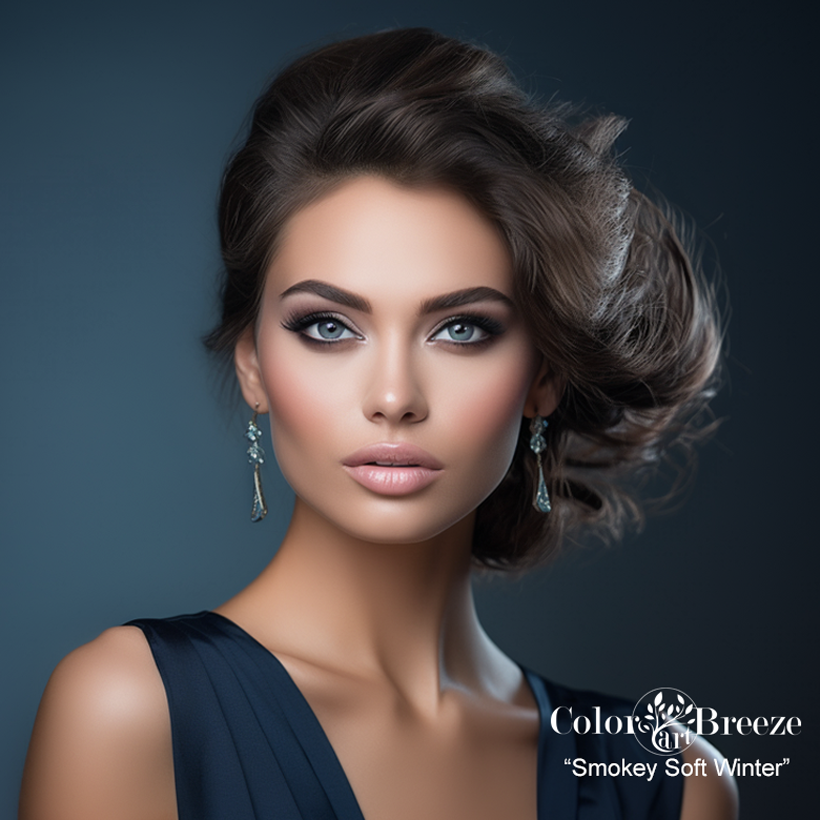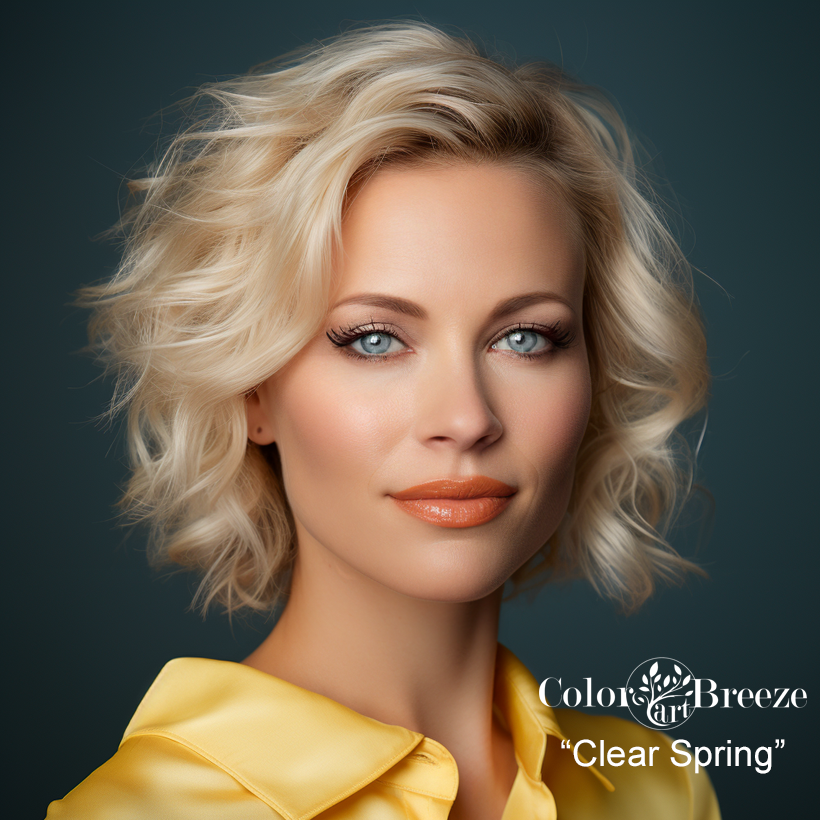Everyone Can Wear Red
Did you know that everyone can wear red, regardless of your season?
Red is a powerful color, best used in small doses unless you really want to make an impact. But when you do choose red, just make sure it's the right shade of red.
For our purposes in color analysis, where undertone is everything, I consider red a neutral color. Now, I mean neutral in temperature only, meaning neither warm nor cool.

Yes, I know that most people say Red is a warm color. But think about it. There are three primary colors from which every other color in the world is made (plus white and black).
Blue is cool. Yellow is warm.
A color becomes cooler when blue is added to it. A color becomes warmer when you add yellow to it. Red has neither. So, adding a touch of yellow to red makes it a warm red. Add a touch of blue to red, and it becomes a cool red.
So, I say that everyone can wear true Red. I included True Red as a color in almost every swatch. True Red has little to no yellow or blue.
The trouble is, they are hard to find in real life when you shop.
Personally, I rarely find a red that works for me. As a Warm Autumn, the reds are either too cool or deep. If I do find a warm red, it is way too bright for me.
So finding a True Red is challenging. But if you can find it, wear it. It would look great on you.
Aside from the elusive True Red, most other shades of Red will have many variations. Depending on the amount of yellow or blue, it can have different undertones as well as different values and chroma.
If you know your season, finding the best red for you pretty easy.

Here are some guidelines for each season when looking for the best red in clothes and in lipstick.
Winters: Choose True Red or Cool, Clear Reds.
- Deep Winters can wear both bright or dark Red.
- Soft Winters should avoid anything too bright. Maroon and Reddish plums are great for this season.
- Clear Winters are the ones who need the brightness most. True clear bright red will always look fabulous.
- Winters (or Summers) who have a touch of warmth to them, like the Toasted or Deep Winters (or Sunlit or Toasted Summers), should find their touch of warmth in other places instead of their reds. Blush, eyeshadow, or some gold jewelry will be enough warmth for them. Getting your Red undertone correct is important, or it can throw off your entire look.
Autumns: Choose True Red or Warm, Muted Reds
- All Autumns need a muted quality to their reds, like a tomato red.
- Even if you find a great True Red, make sure it is not too bright.
- The lighter Soft Autumns should avoid anything too dark, of course.
- Deep Autumns can go pretty deep with their reds
Summers: Choose True Red or Cool, Muted Reds
- All Summers should avoid anything too bright.
- A softer, powder-like quality or a rich berry shade will look great on you.
- Anything too dark will not harmonize with your delicate coloring, even for the deepest summers.
Springs: Choose True Red or Warm, Clear Reds
- Choose warm reds that are light and somewhat bright.
- Springs are the lightest-value seasons, and anything dark and heavy will not harmonize well.
- Some shimmer is great for all Springs. Clear Springs can handle the most shine.
- Light Springs may need shades a touch lighter to avoid being too overpowering since Red is such a strong color.
To illustrate the differences in reds further, I like to use examples from nature. And what is better than fruit? :)
Return to Color Analysis Blog.
Return to Home page



